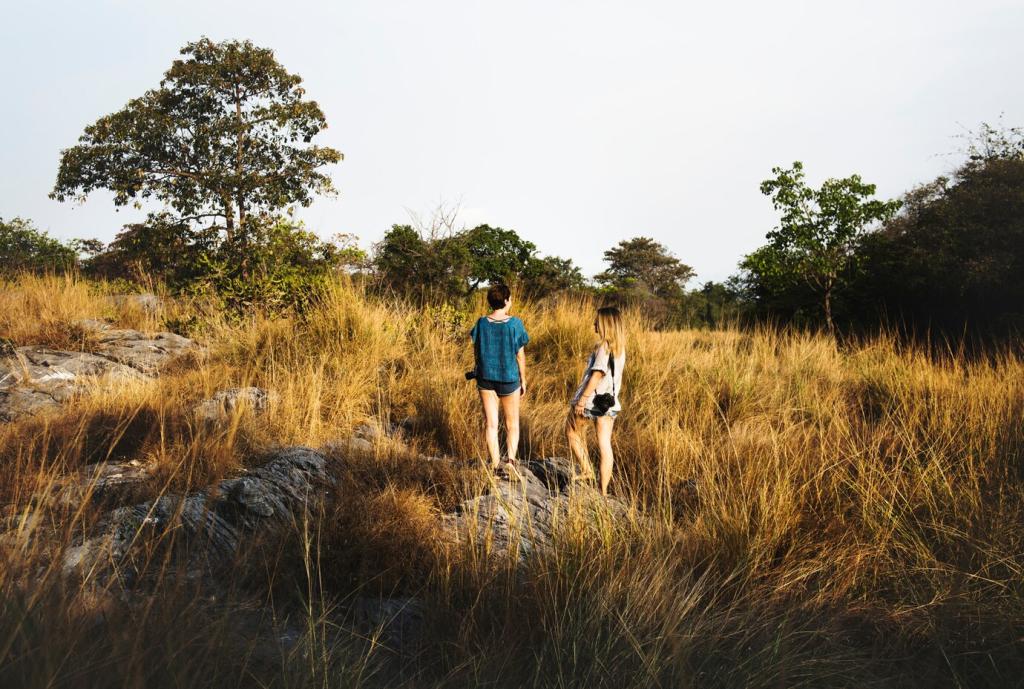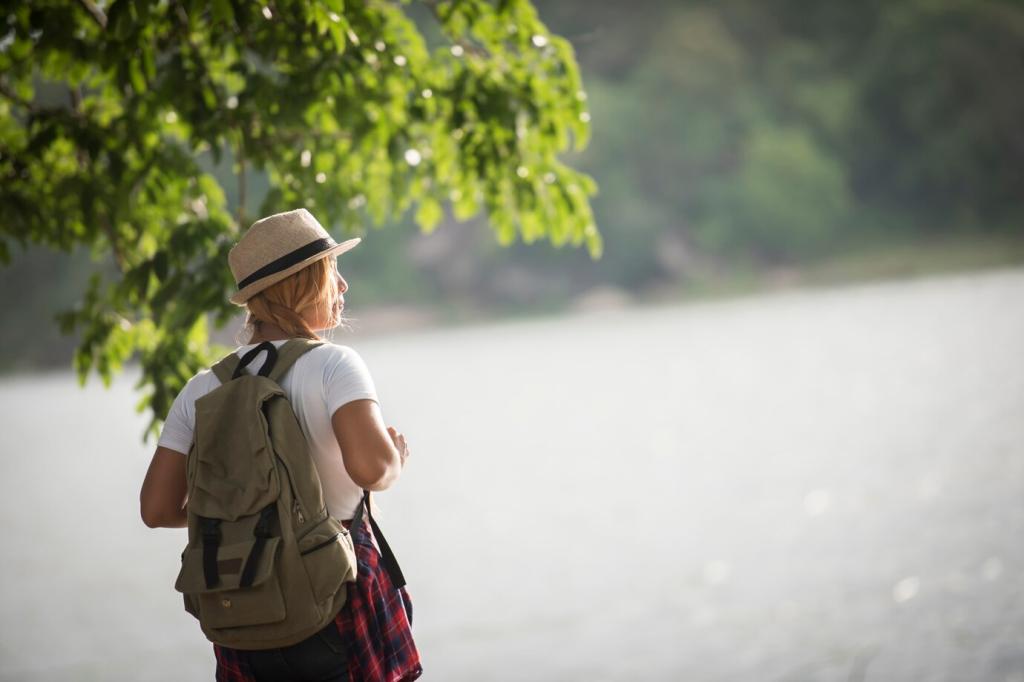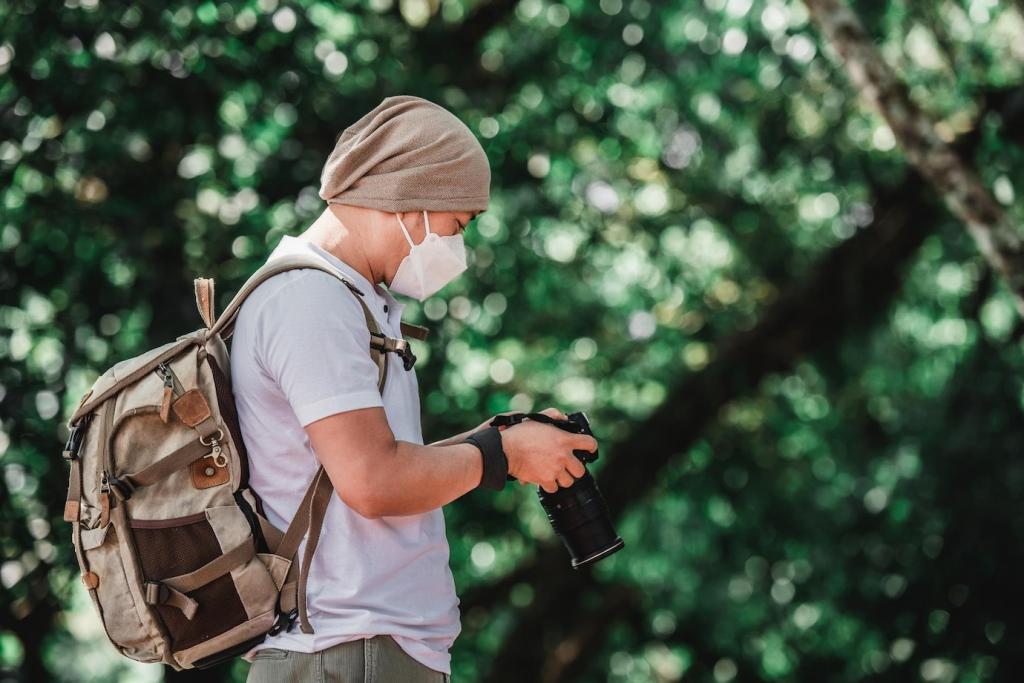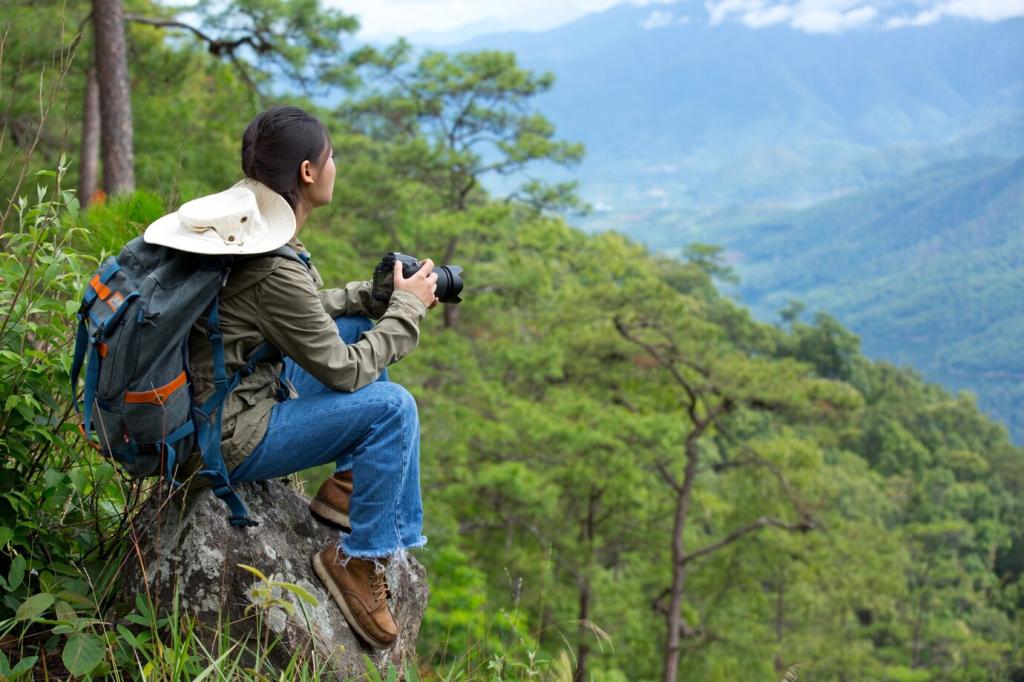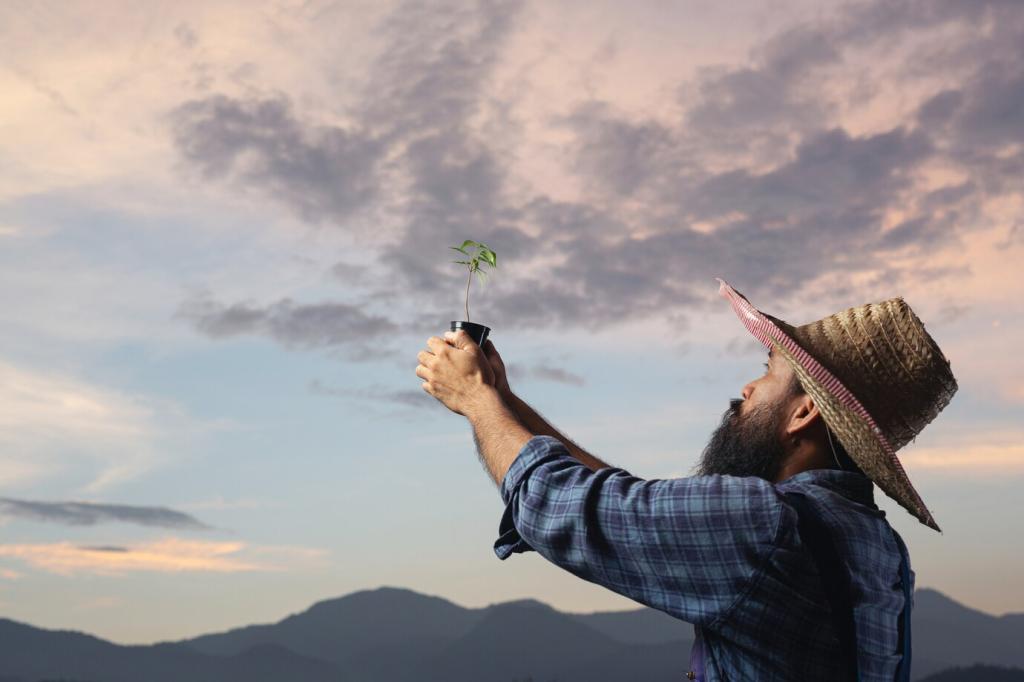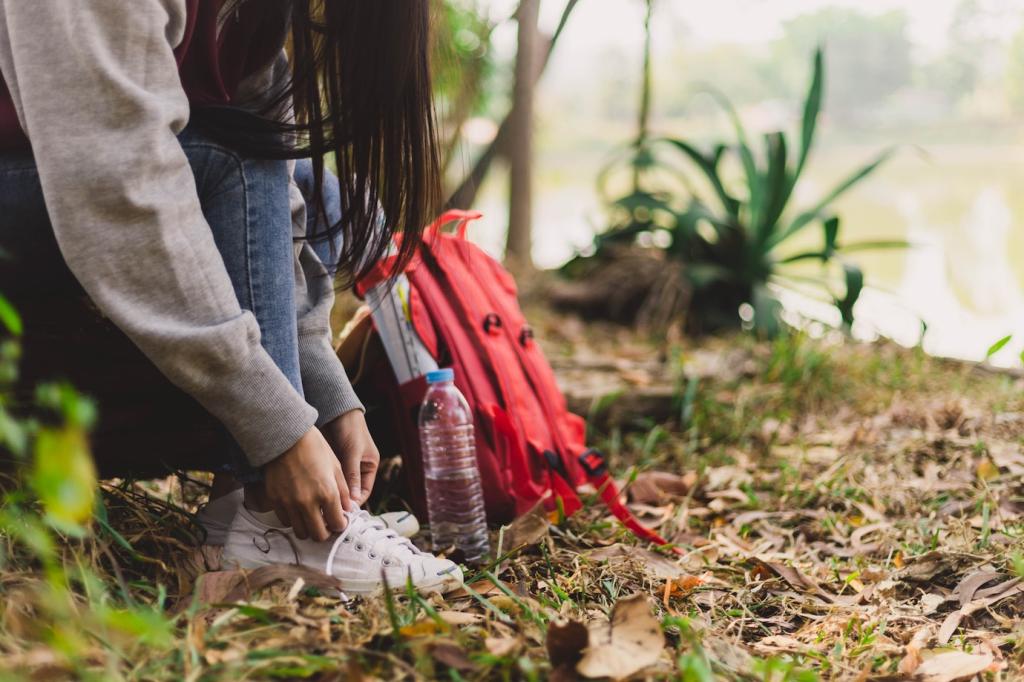Architecture That Belongs to the Landscape
South-facing glazing harvests winter sun, deep eaves temper summer glare, and thermal mass evens nighttime chill. Cross-ventilation respects alpine breezes, while vestibules and airlocks keep warmth in, proving efficiency can be quiet, elegant, and perfectly adapted to mountain weather.
Architecture That Belongs to the Landscape
Reclaimed timber, low-carbon concrete, and local stone reduce transport emissions and tell a region’s story through grain and color. Non-toxic finishes protect indoor air, and durable joinery means fewer replacements over decades, preserving resources while aging beautifully alongside the surrounding ridgelines.

